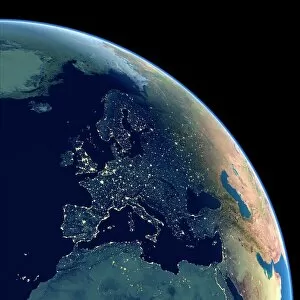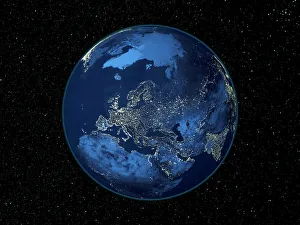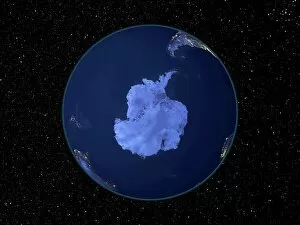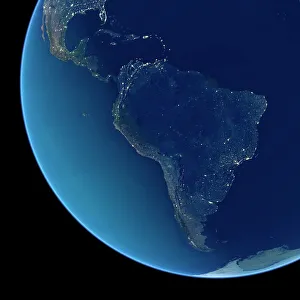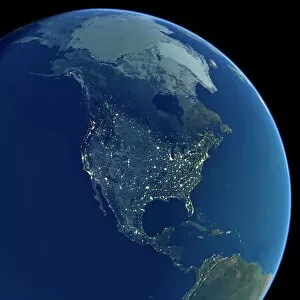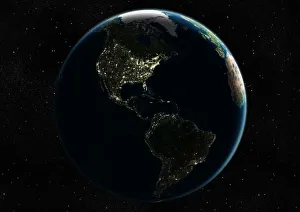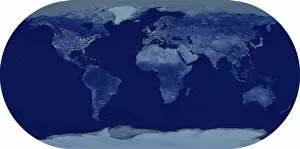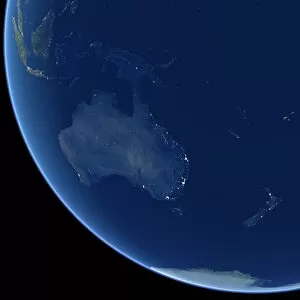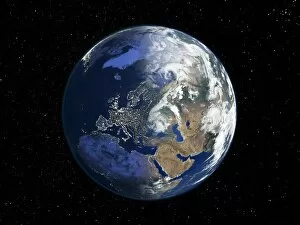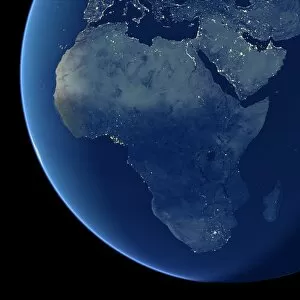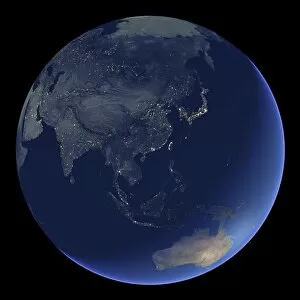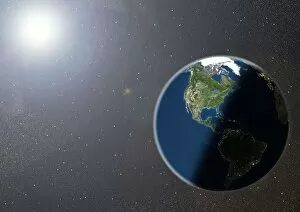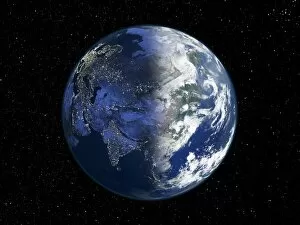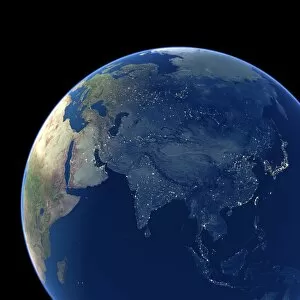Human Population Collection
From the bustling cities of North America to the vibrant landscapes of Africa, our planet's human population shines brightly at night
All Professionally Made to Order for Quick Shipping
From the bustling cities of North America to the vibrant landscapes of Africa, our planet's human population shines brightly at night. Captured by satellite images, these snapshots reveal the magnitude and diversity of our global society. In North America at night, a tapestry of lights illuminates vast urban centers like New York City and Los Angeles. The energy and vibrancy emanating from this continent are a testament to its thriving human population. Moving across the Atlantic, Europe sparkles with brilliance after sunset. From London to Paris, Rome to Berlin, each city tells its own story through glowing skylines that blend tradition with modernity. South America comes alive as darkness falls; Sao Paulo's sprawling metropolis merges seamlessly with Rio de Janeiro's iconic landmarks. The captivating beauty of this continent is mirrored in its people who celebrate life amidst breathtaking natural wonders. Venturing into Southeast Asia at night reveals an enchanting sight: countless shimmering dots dotting the landscape as cities like Bangkok and Singapore thrive under moonlit skies. This region showcases both ancient traditions and rapid development side by side. Africa presents a unique contrast between day and night in satellite imagery - during daylight hours, vast savannas stretch endlessly beneath clear blue skies while major cities like Johannesburg or Lagos come alive after dusk with their own distinctive glow. A panoramic view of Earth at night unveils a mesmerizing spectacle where continents intertwine through networks of illuminated highways connecting communities worldwide. It serves as a reminder that despite geographical boundaries, we are all part of one interconnected global family. Australia emerges from darkness adorned with pockets of light scattered across its expansive landmass. Its remote towns coexist harmoniously alongside cosmopolitan hubs such as Sydney or Melbourne—a testament to resilience in adapting to diverse environments. Returning once more to Europe—this time transitioning between day and night—the image captures how civilization evolves throughout different timescales within one continent alone. As some regions awaken while others slumber peacefully, the ebb and flow of life continues.

